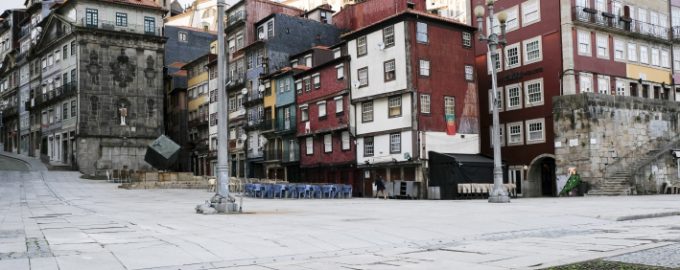It is a historic building located in Praça de Carlos Alberto, in the parish of Vitória, in the city of Porto, built in the mid-18th century by the nobleman José Alvo Brandão.
In the 1840s, António Bernardino Peixe rented the palace and moved his inn in Rua do Bonjardim to this location.
What made this inn famous was the stay, between 19 and 27 April 1849, of the exiled King Charles Albert of Sardinia, while he waited for the Quinta da Macieirinha house to be prepared, where he died on 28 July of the same year.
Since 1996, a number of Porto City Council departments have been operating here, namely the Municipal Directorate of Culture, the Urban Archaeology Office and the Numismatics Office.
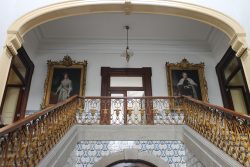 Here we find the Materials Bank, an innovative project that promotes the safeguarding of materials that characterise the city’s image, collecting them from dilapidated buildings to be demolished or altered.
Here we find the Materials Bank, an innovative project that promotes the safeguarding of materials that characterise the city’s image, collecting them from dilapidated buildings to be demolished or altered.
These include decorative and constructive elements from buildings in Porto, such as pieces of stucco from Avelino Ramos Meira’s workshop, as well as tiles with many patterns from the 17th to 20th centuries, as well as street signs collected over the years, and wooden, iron and stonework artefacts.
Also housed in the palace is the Triplex, which has a series of exhibition rooms on the ground floor.
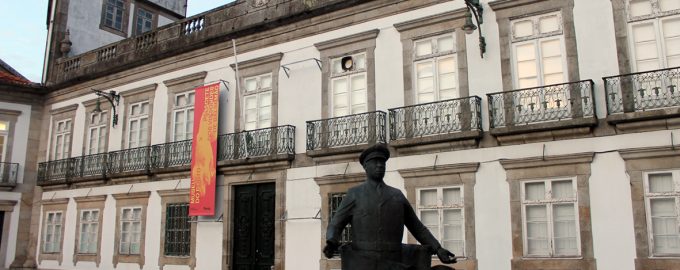
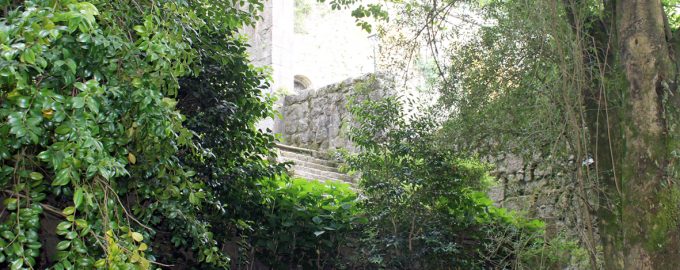
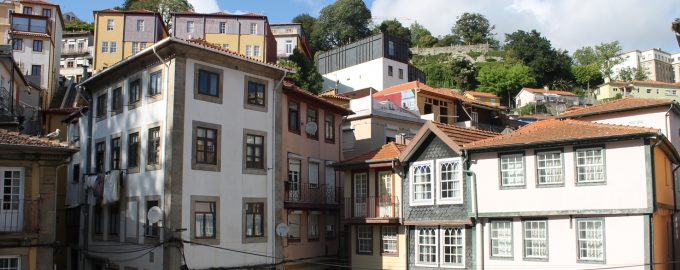
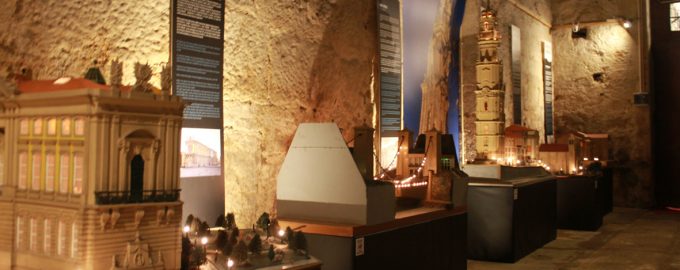
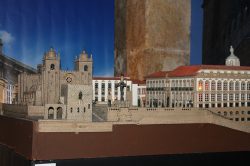 ‘Porto em Miniatura is a unique exhibition that recreates Porto’s most emblematic monuments on a reduced scale.
‘Porto em Miniatura is a unique exhibition that recreates Porto’s most emblematic monuments on a reduced scale.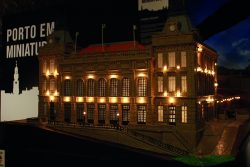 Born in Porto on 11 August 1923, Agostinho Conceição Gonçalves Teixeira left a remarkable legacy as the guardian of his hometown’s historical and architectural memory.
Born in Porto on 11 August 1923, Agostinho Conceição Gonçalves Teixeira left a remarkable legacy as the guardian of his hometown’s historical and architectural memory.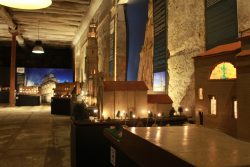

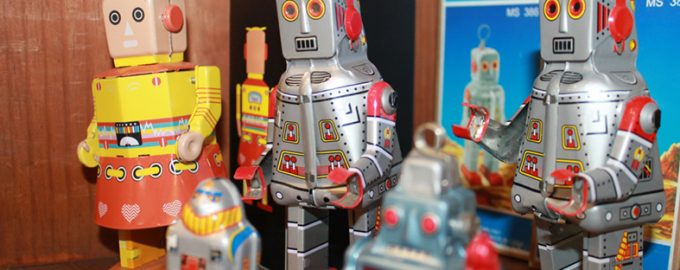
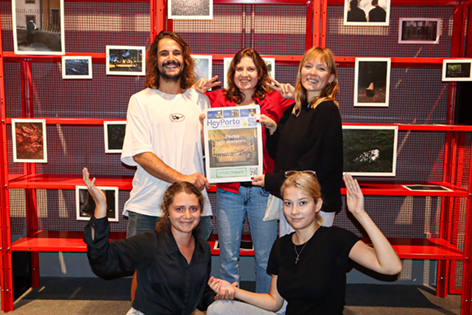
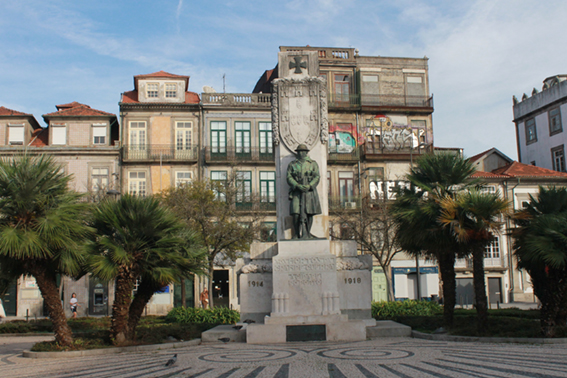
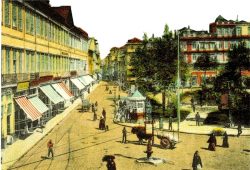 This square dates back to distant times and is the result of a junction of the old roads that, leaving together from the Olival Gate of the Fernandina Walls, next to the Cadeia da Relação, led to Braga (via the current Rua de Cedofeita) and Guimarães (via the current Rua das Oliveiras).
This square dates back to distant times and is the result of a junction of the old roads that, leaving together from the Olival Gate of the Fernandina Walls, next to the Cadeia da Relação, led to Braga (via the current Rua de Cedofeita) and Guimarães (via the current Rua das Oliveiras).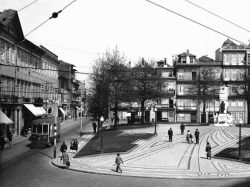 For many years, this was the place where the fair for farm labourers and maids was held. It came here from Praça da Corujeira, and from here it was transferred to the Rotunda da Boavista in 1876. The young men and women came from the suburbs and agreed their working conditions here with their future employers.
For many years, this was the place where the fair for farm labourers and maids was held. It came here from Praça da Corujeira, and from here it was transferred to the Rotunda da Boavista in 1876. The young men and women came from the suburbs and agreed their working conditions here with their future employers.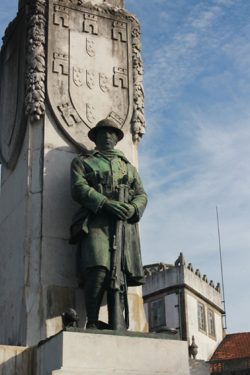 In the 20th century, on 9 April 1928, the Monument to the Dead of the Great War, designed by Henrique Moreira, was inaugurated in Carlos Alberto Square
In the 20th century, on 9 April 1928, the Monument to the Dead of the Great War, designed by Henrique Moreira, was inaugurated in Carlos Alberto Square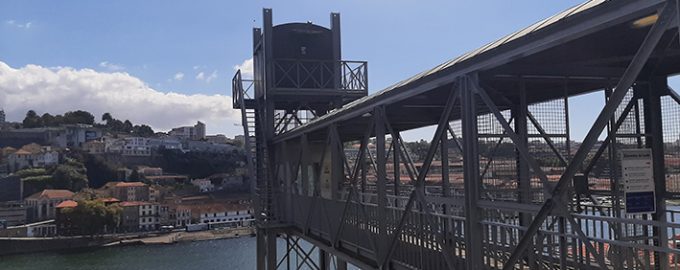
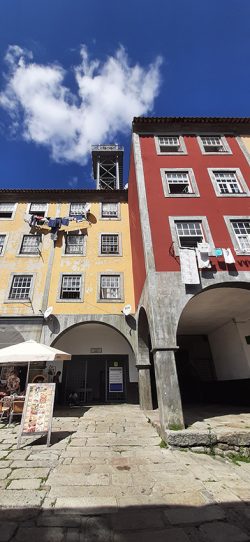 The Elevador da Ribeira or Lada lift connects the Ribeira do Porto to the half slope of Barredo.
The Elevador da Ribeira or Lada lift connects the Ribeira do Porto to the half slope of Barredo.